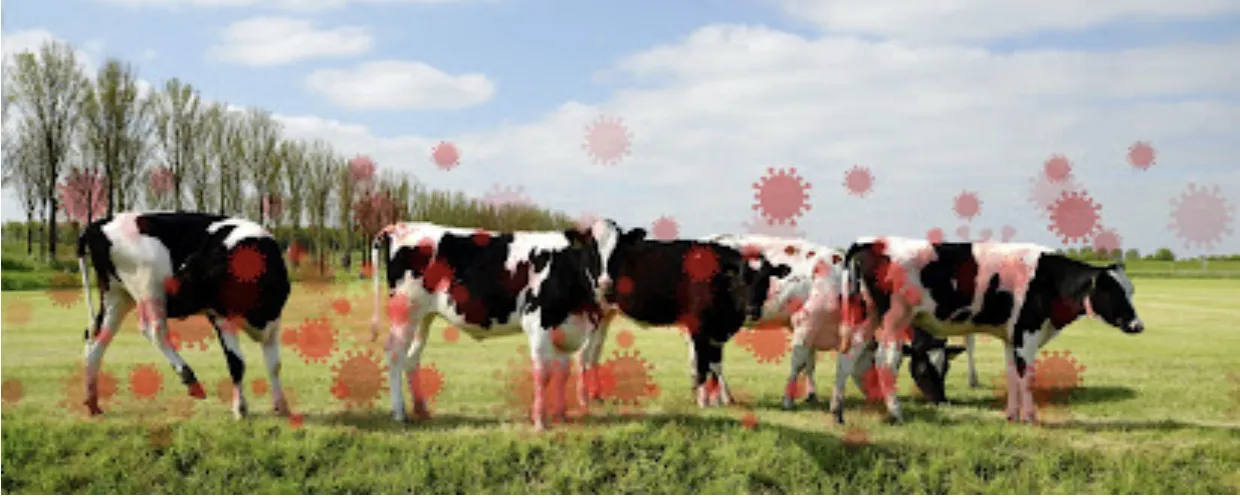October 4, 2024
Virologists are worried about a human 'bird flu' pandemic; wastewater testing in Texas signals the disease's spread

Bird flu transmits from wild birds to other animals, including dairy cows. At least 14 people have been infected. (Adobe Stock photo)
As bird flu continues to spread among U.S. dairy cows, the disease has become more adaptable, with 14 human cases reported since March. "Both are worrying developments, say virologists, who fear that the country’s meager response to the virus is putting the entire world at risk of another pandemic, reports Jessica Hamzelou of MIT Technology Review. "Infections in dairy cattle, first reported back in March, brought us a step closer to human spread. Since then, the situation has only deteriorated." Researchers have even found evidence of bird flu, or H5N1, in wastewater in 10 cities.
Even though H5N1 spreads stably in global bird populations, the disease has also infected their predators. "The list of affected mammals includes bears, foxes, skunks, otters, dolphins, whales, sea lions. . . . Some of these animals appear to be able to pass the virus to other members of their species," Hamzelou explains. "This is bad news — not just for the affected animals, but for people, too. It’s not just a bird flu anymore. And when a virus can spread in other mammals, it’s a step closer to being able to spread in humans."
How dangerous the virus can become depends on how it mutates, which isn't predictable. Scientists do know that the virus is effectively circulating and evolving. Hamzelou reports, "So far, it's clear that the virus has mutated but hasn’t yet acquired any of these more dangerous mutations, says Michael Tisza, a bioinformatics scientist at Baylor College of Medicine in Texas. That being said, Tisza and his colleagues have been looking for the virus in wastewater from 10 cities in Texas—and they have found H5N1 in all of them."
For now, Tisza and his colleagues "don’t know where this virus is coming from — whether it’s coming from birds, milk, or infected people, Hamzelou adds. "But the team didn’t find any signal of the virus in wastewater during 2022 or 2023, when there were outbreaks in migratory birds and poultry." Tisza said, “In 2024, it’s been a different story. We’ve seen it a lot. . . . This virus is not causing a human pandemic right now, which is great. But it is a virus of pandemic potential."